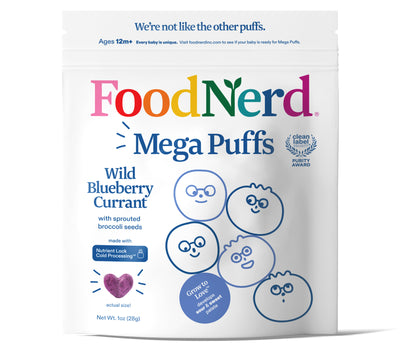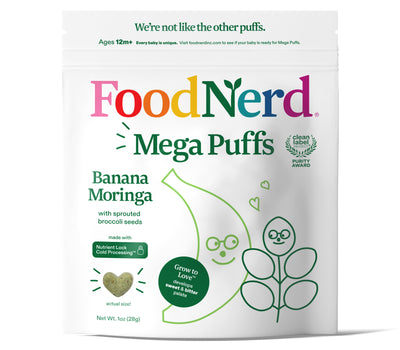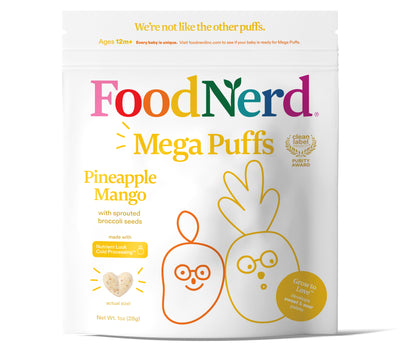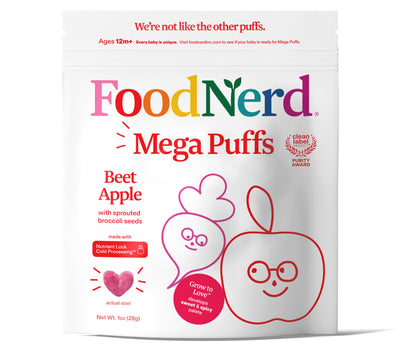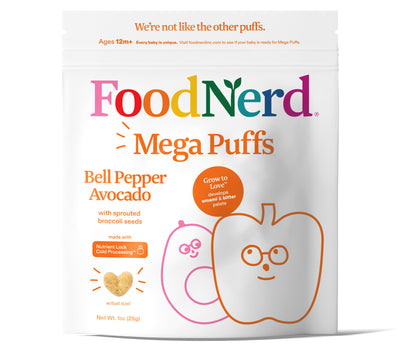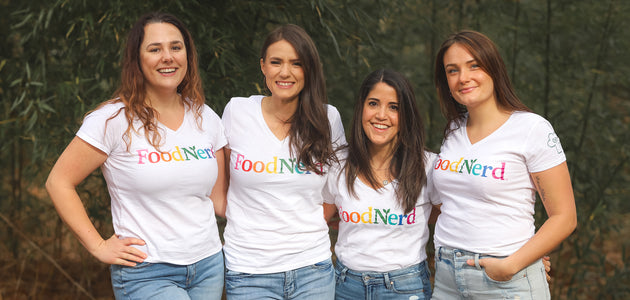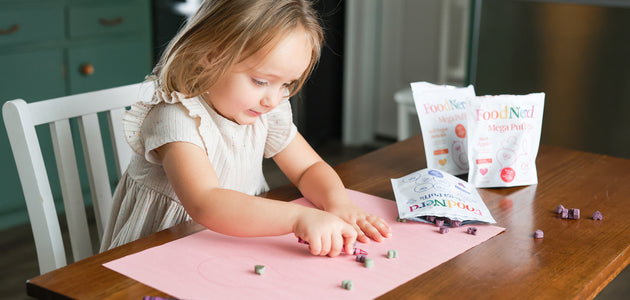Chocolate & Its Origins

Have you ever thought about where chocolate comes from? Maybe it never crossed your mind. Let’s face it—we aren’t going to be planting “chocolate” trees in our backyard anytime soon.
However, chocolate has an interesting origin. It is made from cacao seeds that come from the Theobroma tree. Theobroma is the Latin name for cacao, which translates to “food of the gods.”
Cacao trees were originally cultivated in Central America, South America, and Mexico, but also thrive in Africa and Indonesia. It is remarkably old for an Amazonian plant species—scientists have dated its origin to 10 million years ago!
Humans have eaten foods made from cacao seeds for centuries. In fact, Aztec warriors would drink a beverage made with cacao before entering into battle.
Some may think that cacao and cocoa are the same thing, but this is not the case. Cacao is more nutritious, beneficial to our health, and is by far the better option. Let us explain...
Cacao vs. Cocoa - What’s The Difference?

One of the main differences between cacao and cocoa is the level of processing that each undergoes.
To understand this, you need to know how cacao trees are grown. Cacao trees are small evergreens that grow about 15-25 feet long. Fruit grows directly from its trunk, which is called a pod (4-12 inches long). Inside the pod are 20-60 reddish brown beans (these are the seeds, but we will refer to them as “beans”) that are up to an inch long. These cacao beans are the source of cocoa powder, cacao powder, chocolate, and cocoa butter. In order to make an edible food product, the cacao beans need to be processed.
How Cocoa Powder Is Made:

The beans are moved to a factory to undergo industrial processing. The shells of the cacao beans are removed, revealing the cacao nib within.
Next, the nibs are immersed in an alkalizing solution (called the Dutch process), such as potassium carbonate, at very high temperatures (upwards of 212°F).
After this step, the nibs are dried and roasted at high temperatures (221°F-284°F).
Finally after roasting, the nibs are finely ground into a mass that is partially defatted then pulverized to form cocoa powder.
So, how is raw cacao powder processed differently?
How Raw Cacao Powder is Made:
In general, raw cacao powder is made from unroasted, non-alkalized cacao beans.
After the shells are removed, the oil (cacao butter) is cold pressed out of the cacao nibs.
Next, the cacao nibs are dried at low-temperatures and ground into a powder. Clearly, this method uses much less processing compared to cocoa powder. The lack of heat treatment preserves cacao’s nutrients, such as minerals and antioxidants, and also makes it a “raw” product.

Why Raw Cacao is Better
-
Excellent source of several minerals including selenium, magnesium, chromium, manganese, iron, potassium, and copper. Minerals are affected by heat treatment during processing, which may lower their bioavailability. Since raw cacao powder is not processed with heat, the bioavailability of its minerals are preserved.
-
Major source of polyphenols. Unfermented, raw cacao beans contain high amounts of polyphenols, which are beneficial plant compounds that have health promoting properties. The polyphenols found in cacao can be classified into three groups: flavonoids, anthocyanins, and proanthocyanidins. In particular, flavonoids are very potent antioxidants that are anti-inflammatory and give the cacao its bitter taste. This bitter flavor is often masked by adding large amounts of sugar or other sweeteners in chocolate products. Processing techniques used in the production of cocoa powder, such as fermentation, roasting, alkaline treatment, and baking in the presence of baking soda significantly reduce the amount of flavonoids found in natural, raw cacao beans.
-
Good source of fiber. Processing techniques used to turn raw cacao beans into cocoa powder can significantly reduce the amount of bran within the cacao bean, which then lowers the amount of fiber that it contains. The main type of fiber found in cacao is insoluble fiber (helps with bowel regularity and prevents constipation).
- Good source of tryptophan. Tryptophan is an essential amino acid that is used by the body to produce serotonin (in other words, tryptophan is a precursor to serotonin). Serotonin is a neurotransmitter that is involved in many bodily functions, including circadian rhythm, nausea, appetite, mood, memory, breathing, cognition, and many others. Tryptophan levels decrease with processing techniques, such as roasting and alkalization.
Health Benefits of Raw Cacao (Mostly Due to their High Flavonoid Content)
- May have beneficial effects on endothelium (cells that line blood vessels), which may improve blood flow and blood pressure.
- May reduce blood pressure, which reduces risk of heart disease.
- May improve blood flow to the brain, which reduces risk of stroke.
- May decrease insulin sensitivity, which reduces risk of diabetes.
- Studies have shown that the higher the concentration of cacao, the more positive the effect on cognition, memory, mood, and immunity.
- Anti-inflammatory: helps to reduce markers of inflammation.
Why does this matter?
Our quality of life, especially as we age, is dependent on the absence of chronic disease. What if you could help reduce your risk of chronic disease by eating a healthy, plant-based diet? What if this diet involved eating raw cacao? Lucky for us, there is a large amount of scientific evidence that shows eating plant-based, including raw cacao, has many positive health benefits, including reduced risk of chronic disease.
How the Gut Microbiome is Involved
There is a good chance that raw cacao’s health benefits are made possible by our gut microbiome.
How so?
As it turns out, polyphenols and gut bacteria may mutually benefit one another.
For example, polyphenols are able to impact the composition of the gut microbiome in favor of beneficial gut bacteria. On the other hand, gut bacteria can metabolize polyphenols into absorbable bioactive compounds, which produce clinical health benefits.
Conclusion

If you have the choice to buy heat treated, overly processed cocoa powder or antioxidant-rich, raw cacao powder, we hope you see the value in spending a few extra dollars for the less-processed version.
Not only will you increase your intake of beneficial plant-compounds like flavonoids, you will also be able to take advantage of their health benefits, thanks to the bacteria in our microbiome.
FoodNerd sources the highest quality, most nutritious ingredients that are used in all food products. You can find raw, organic cacao in our Chocolate Goji Berry OverNights.
Sources:
- “Cacao”. Rainforest Alliance, https://www.rainforest-alliance.org/species/cacao.
- Całkosiński, Aleksander, et al. "Impact of cocoa on the human health." Journal of Education, Health and Sport 9.5 (2019): 145-154.
- Fraga, César G., et al. "The effects of polyphenols and other bioactives on human health." Food & function 10.2 (2019): 514-528.
- Hu, SuJung, Byung-Yong Kim, and Moo-Yeol Baik. "Physicochemical properties and antioxidant capacity of raw, roasted and puffed cacao beans." Food chemistry 194 (2016): 1089-1094.
- Lima, Lídia JR, et al. "Microbiota dynamics and diversity at different stages of industrial processing of cocoa beans into cocoa powder." Applied and environmental microbiology 78.8 (2012): 2904-2913.
- Loma Linda University Adventist Health Sciences Center. "Dark chocolate consumption reduces stress and inflammation: Data represent first human trials examining the impact of dark chocolate consumption on cognition and other brain functions." ScienceDaily, www.sciencedaily.com/releases/2018/04/180424133628.htm.
- Payne, Mark J., et al. "Impact of fermentation, drying, roasting, and Dutch processing on epicatechin and catechin content of cacao beans and cocoa ingredients." Journal of agricultural and food chemistry 58.19 (2010): 10518-10527.
- Richardson, James E., et al. "The age of chocolate: a diversification history of Theobroma and Malvaceae." Frontiers in Ecology and Evolution 3 (2015): 120.

